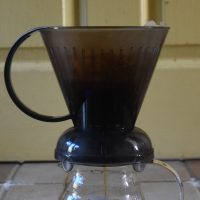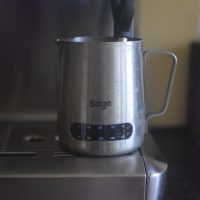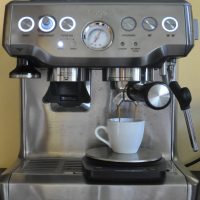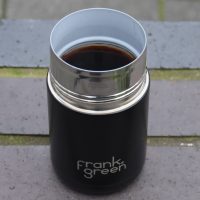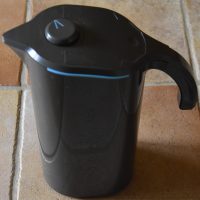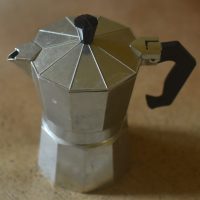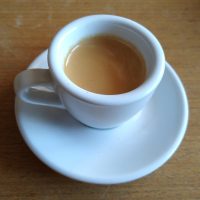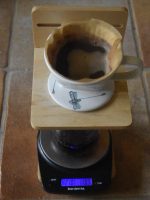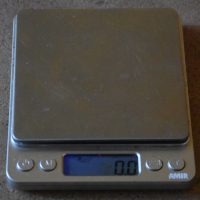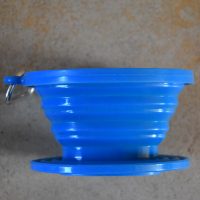 My original travelling coffee kit was a pretty simple affair (by my standards, at least), consisting of my AeroPress, a ceramic hand grinder and a cheap set of scales. Over the years, I added to it, with the likes of my Travel Press, Aergrind hand grinder, a metal jug and, occasionally, an electric kettle joining the ranks. It got to the point that, four years ago, I even wrote an article about it.
My original travelling coffee kit was a pretty simple affair (by my standards, at least), consisting of my AeroPress, a ceramic hand grinder and a cheap set of scales. Over the years, I added to it, with the likes of my Travel Press, Aergrind hand grinder, a metal jug and, occasionally, an electric kettle joining the ranks. It got to the point that, four years ago, I even wrote an article about it.
The one thing my set-up lacked was the ability to do pour-over. This was rectified first by the gift of a collapsible metal filter cone, and then, on a trip to China two years ago, the purchase of a small (360ml) gooseneck jug. Suddenly, I could do pour-over on the go! However, while I was enamoured with my jug, I had my struggles with the filter cone, so when Amanda gave me another collapsible filter cone as a present at the start of last year, I immediately pressed it into use, keen to see how it compared to my existing metal filter.

